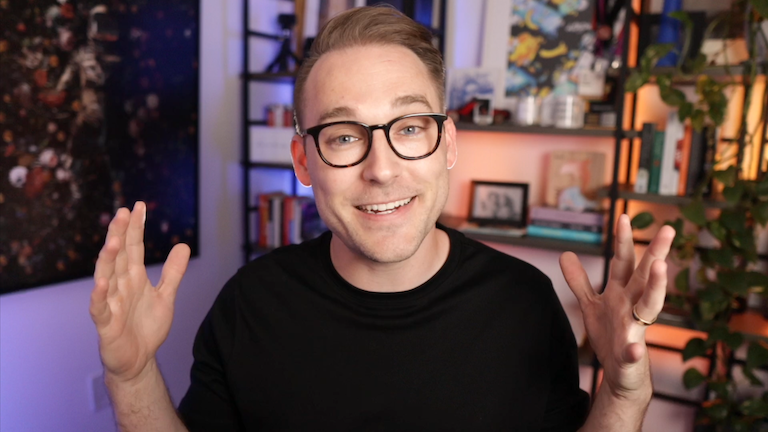Hey! Want to unlock the full course?
Purchase the course to view more content
Basic
- Lifetime access
- 6 course modules: Content Planning, Equipment, Recording, Editing, and Publishing
Complete
- Lifetime access
-
6 basic course modules
- Strategies for crafting a compelling content plan
- A breakdown of the most important equipment you need - and what you can skip
- Techniques for painless recording sessions
- An editing philosophy and little-known tips to get polished results, quickly
- Methods for publishing your screencasts and getting your content in front of your audience
-
2 premium course modules
- Content and philosophy guidelines for growing your social media following via video
- See the course techniques applied in an ever-growing library of teardowns. Learn from Aaron's reviews real-world screencasts.
Hands-on
- Lifetime Access
- All 8 Complete course modules including how to get your video seen on social media + real-life teardowns
- 40-minute, private 1-on-1 consultation with Aaron to get personalized guidance and advice on your videos
Section 2: Content Planning
04. Addressing viewer objections
 Sign up for a free account to watch this lesson!
Sign up for a free account to watch this lesson!
One of the things I'm constantly striving for in my instructional videos is a warm, casual conversational tone. My aim is to make the viewer feel as though we're sitting side-by-side in a comfortable setting, like I'm teaching them in person, even though I'm not!
Speaking on behalf of the viewer
Naturally, in a video I make, I'm the only one talking. However, I can kind of make it a dialogue by speaking on behalf of the viewer, raising potential questions or concerns that I anticipate they may have.
I can say something like
"I bet you're thinking... [insert question here]. But actually, here's why that wouldn't work..."
This method serves multiple purposes:
- Establishes your expertise: It positions you as someone who not only knows the answer but can smartly anticipate and address a learner's curiosities and doubts.
- Builds rapport with your viewer: By demonstrating you understand their thought process, it assures them that you know where they're coming from. This fosters trust and creates a bond with your audience.
Here's an illustrative anecdote from a technical course I was delivering.
